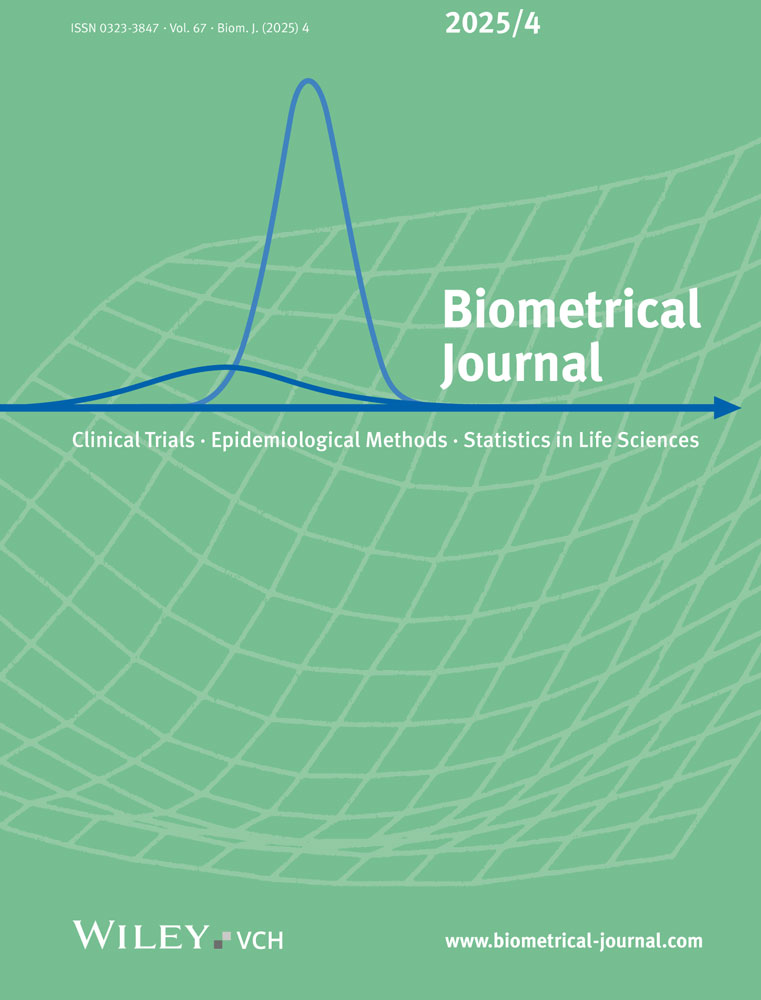Stopping Rules for Clinical Trials Implicitly Incorporating Safety Information
Abstract
Clinical trials research is mainly conducted for the purpose of evaluating the relative efficacy of two or more treatments. However, a positive response due to treatment is not sufficient to put forward a new product because one must also demonstrate safety. In such cases, clinical trials which show a positive effect would need to accrue enough patients to also demonstrate that the new treatment is safe. It is our purpose to show how the efficacy and safety problems can be combined to yield a more practical clinical trial design. In this paper we propose an asymmetric stopping rule which allows the experimenter to terminate a clinical trial early for a sufficiently negative result and to continue to a specified number of patients otherwise. As it turns out, a few interim tests will have negligible effects on the overall significance level.




